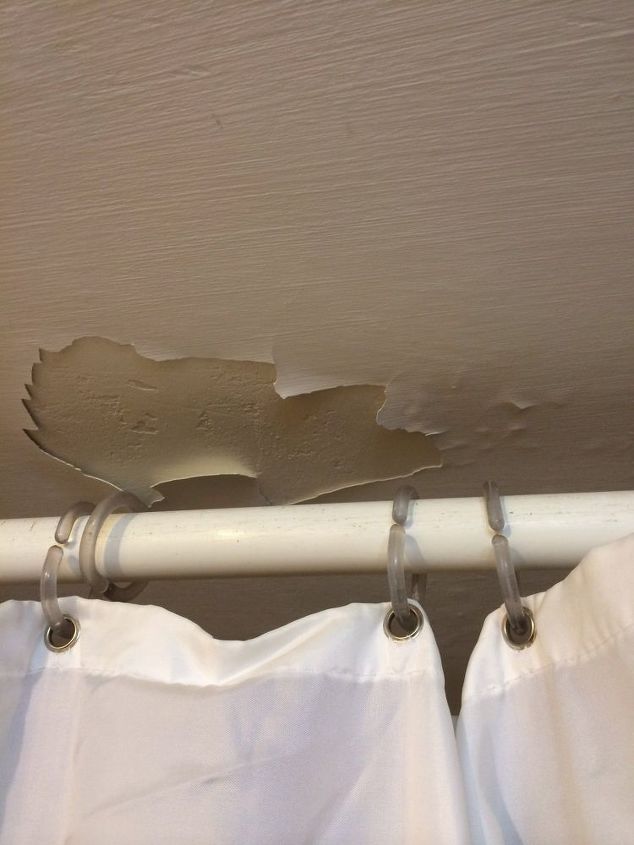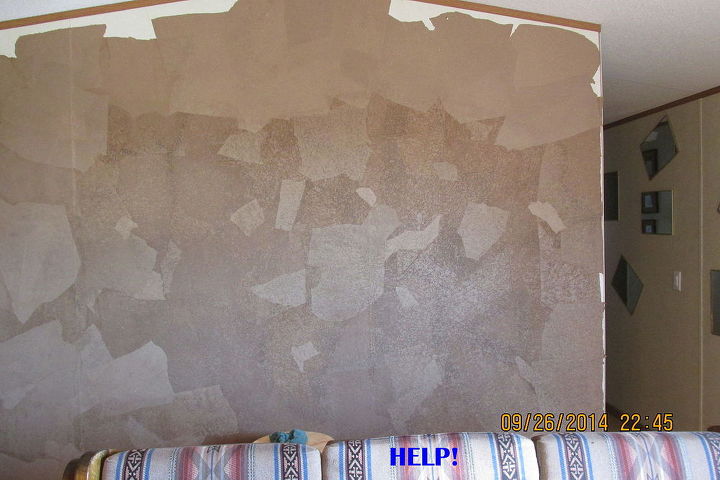Insulating an earth shelter

-
Need more details construction wise first before one can really answer that especially are there any water or other issues Off the cuff answer is it probably will have to be closed cell foam sprayed on & then covered
 SLS Construction & Building Solutions LLC
on Feb 16, 2015
Helpful Reply
SLS Construction & Building Solutions LLC
on Feb 16, 2015
Helpful Reply -
-
You have mold, you have water issues & it starts with the plastic / the order things were built. The styrofoam (please tell me it isn't the white poufy type) should actually be between the concrete & the studs. There is no such thing as to tight of a house, just an under-ventilated one: http://thehtrc.com/2013/building-science-house-needs-to-breathe Generally how I do it & recommend others is to frame up the walls staying an inch out - closed cell spray foam is then sprayed behind the studs & used to fill the cavities. On top of that goes your finish material of choice. http://thehtrc.com/2011/insulating-basement-maryland Poor mans version - I install sheets of foam (pink or blue works fine) followed by the studs, then fiberglass / cellulose, then your finish material (no plastic). So why no plastic - the answer is simple if water finds a way in, it needs to have a way out - it can't head back outside as there is ground right against it (at least by how I read "earth shelter") which essentially is considered always saturated so it gets trapped against the plastic. But wait isn't closed cell foam a vapor barrier just like plastic? Why yes it is, but adhered to the exterior wall it won't allow water in - thus any moisture that gets in the cavity is from inside the structure (or maybe some that gets past the foam) it can dry back out to the interior.
 SLS Construction & Building Solutions LLC
on Feb 16, 2015
Helpful Reply
SLS Construction & Building Solutions LLC
on Feb 16, 2015
Helpful Reply -
Related Discussions
How to get rid of mice?
We seem to have some unwelcome Mickeys and Minnies in our house. What is the best way to get rid of them?
How to remove popcorn ceiling with asbestos?
I want to remove my popcorn ceiling, but it has asbestos in it. How do I go about this safely?
How to caulk baseboard gaps?
How do I fill gaps at baseboard, should I caulk? If so, does anyone know how to caulk baseboards?
How to fix squeaky hardwood floors?
How do I fix squeaky hardwood floors?
Water damage on bathroom ceiling
I am about to patch up this water damage on a low bathroom ceiling. What can i paint/seal the entire ceiling with to minimize future water damage? the ceiling is very... See more
Brown paper floor/wall help
I have purchased a brown roll of paper because I wanted a consistent "vein" look through out the walls and the brown paper bags I was getting would sometimes be "vein... See more





